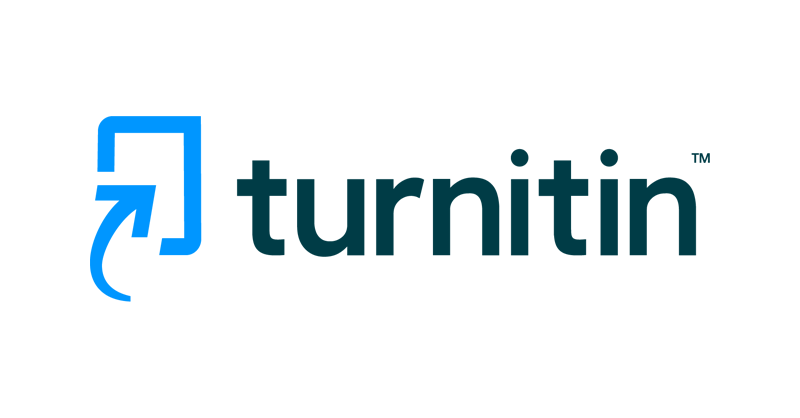PERWILAYAHAN KOMODITAS UBI KAYU DALAM MENDUKUNG KEGIATAN AGROINDUSTRI CHIP MOCAF DI KABUPATEN TRENGGALEK PROVINSI JAWA TIMUR
Abstract
Trenggalek Regency is one of areas in East Java Province which have a great potential in the development of cassava commodity. This research aimed to: (1) identify the areas which became base sector of cassava commodity based on cassava acreage and production; (2) determine the characteristics of the spread of cassava commodiy according to the principle of locality and specialization of cassava farm management;(3) evaluate the contribution of cassava commodity to the economic structure and growth of cassava commodity;and (4) evaluate the contribution of food subsector to the economic structure in Trenggalek Regency. The tools of analytical used in this research were Location Quotient analysis, locality (Lp) and Specialization (Sp) analysis and shift share. Conclusions of the research: (1)Trenggalek Regency is a base area of cassava in East Java Province with the highest LQ value; cassava base areas based on the indicators of crop acreage and production include Districts of Pule, Dongko, Bendungan, Suruh and Tugu; (2) The farming of cassava is not only concentrated/localized in the area but spreads in several districts and none of the districts relies the economic sector only on cassava commodity; (3) Contribution of cassava commodity is insignificant. Compared to the other crops, cassava commodity has a slow growth rate of production and (4) Food crops farming subsector aggregately still contributes to the growth of production
Keywords: regional arrangement, cassava commodity, agroindustry mocaf chip
Jurnal Sosial Ekonomi Pertanian (J-SEP) has CC-BY-SA or an equivalent license as the optimal license for the publication, distribution, use, and reuse of scholarly work.
The work is simultaneously licensed under a Creative Commons Attribution-ShareAlike 4.0 International License, which permits others to share the work with an acknowledgement of the authorship and the work's initial publication in this journal. Authors who publish with this journal retain their copyright and grant the journal the right of first publication.

3.png)

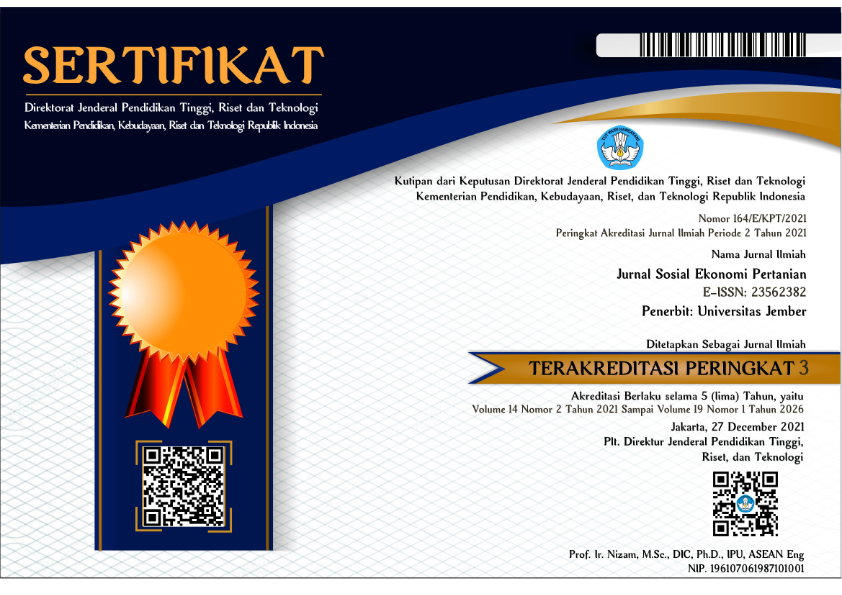
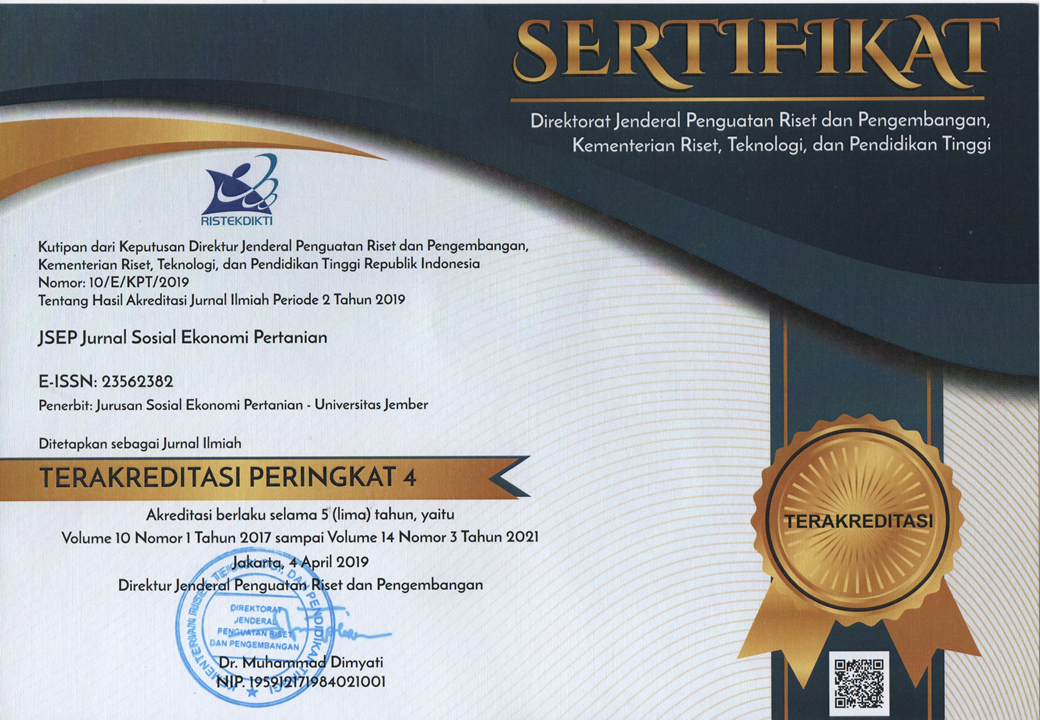
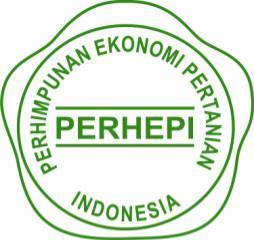
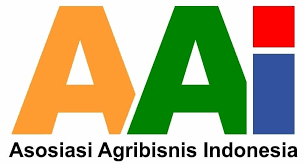

.png)










